Report: EU demand for wood pellets continues to grow



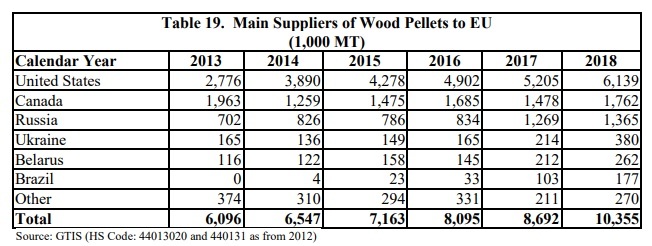
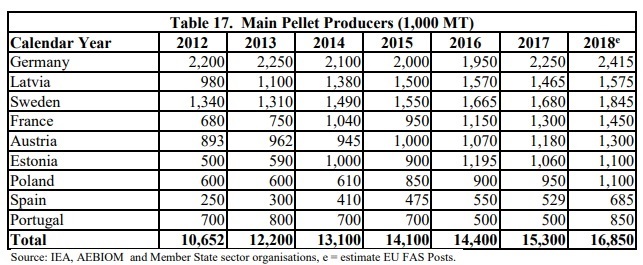
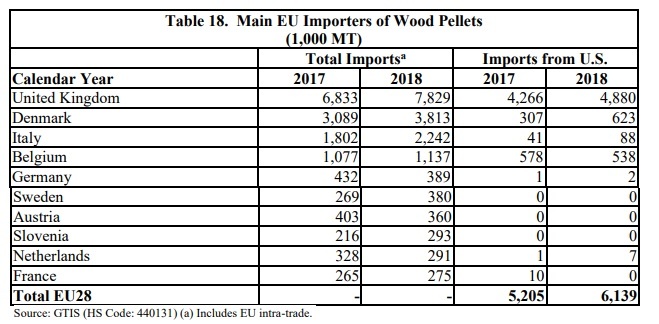
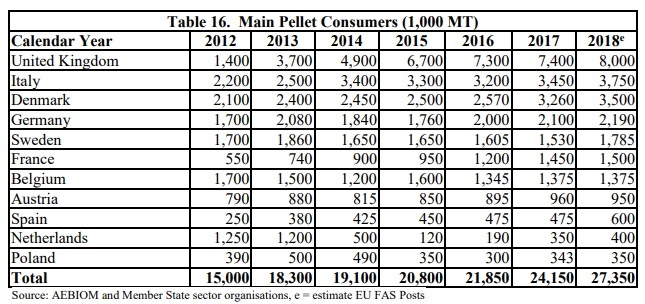








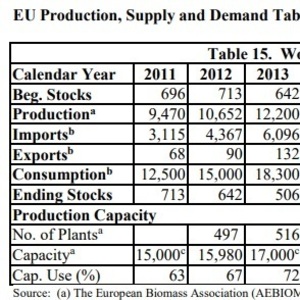
August 5, 2019
BY Erin Krueger
Advertisement
Advertisement
Related Stories
Sugar Valley Energy, in partnership with IVEDC, awarded California Jobs First Grant through the Southern Border Coalition
California Ethanol + Power and the Imperial Valley Economic Development Corp. on Dec. 11 announced that Sugar Valley Energy has been selected to receive a Jobs First Grant through the Southern Border Jobs First Collaborative.
The U.S. exported 830,468.7 metric tons of wood pellets in September, down from 894,320.3 metric tons in August and 898,133.7 metric tons in September 2024, according to data released by the USDA Foreign Agricultural Service on Dec. 11.
Drax pauses plans for pellet capacity expansion, considers plans for data center near Drax Power Station
Drax Group plc on Dec. 11 announced the company has no near-term or medium-term plans to expand wood pellet production capacity. Work on the proposed 450,000-metric-ton-per-year pellet plant in Longview, Washington, will remain paused.
Renewables are expected to account for more than 24% of U.S. electricity generation in 2025, expanding to 26% in 2026, according to the U.S. Energy Information Administration’s latest Short-Term Energy Outlook, released Dec. 9.
U.S. manufacturers produced approximately 940,000 tons of densified biomass fuel in August, according to the latest edition of the U.S. EIA’s latest Monthly Densified Biomass Fuels Report. Sales of densified biomass fuel reached 940,000 tons.





